Traditional People and Communities
Traditional Peoples and Communities are culturally distinguished groups that recognize themselves as such. They have their own social organization, occupy and use territories and natural resources as a condition for their cultural, social, religious, ancestral and economic reproduction. They employ knowledge, innovations and practices generated and transmitted from generation to generation.
Their way of life make it possible to find sources of food and income through hunting, fishing and the extraction of plants and other resources. At the same time, they contribute to nature conservation. Their presence is essential to preserve Brazilian biodiversity, the largest on the planet.
In Brazil, Traditional Peoples and Communities consist of 28 segments that constitute a significant portion of the population and occupy considerable part of the national territory. They inhabit areas in all Brazilian biomes – Amazon, Caatinga, Cerrado, Atlantic Forest, Pampa and Pantanal.
Indigenous and quilombola peoples, respectively, have their recognition assured by the articles No. 231 of the Brazilian Federal Constitution and 68 of the Transitional Constitutional Provisions Act. Other groups are still fighting for legal instruments to recognize their territories.
Traditional Peoples and Communities maintain biodiversity conservation due to their strong dependence on nature. They increasingly feature rational economic practices, through their production systems based on socio-bio economy (fruits, oils, native medicinal plants, ethno ecotourism and other means). Thus, they contribute to a new cycle of sustainable and promising development in Brazil.
They represent the guarantee of forest protection and efforts for climate regulation, as much as the respect for biodiversity and the maintenance of life on the planet.
The 28 segments of Traditional Peoples and Communities recognized by the Brazilian State are:
 ANDIROBEIROS
ANDIROBEIROS
The use of andiroba (Carapa guaianensis), a large tree, is an artisanal work passed down between generations. They are generally women and inhabit islands near Belém. However, there are other groups in different locations in the Amazon. Andiroba fruits fall to the ground and release seeds. They are cooked and macerated to obtain the oil, used by cosmetic and pharmaceutical industries. It is also available in health food stores.
Foto: Acervo MMA
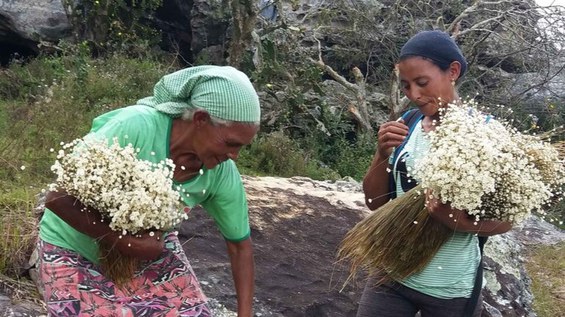
SEMPRE-VIVA FLOWER PICKERS
Sempre-viva flower pickers live in Minas Gerais, in the Serra do Espinhaço area. They have a strong connection with the territory and have great knowledge on local flora and fauna. Collecting the inflorescences – which after harvesting and drying process preserve its shape and colors –, is a tradition and an important income source for the families. They also raise cattle and small animals and grow corn, beans and cassava. These groups fight for cultural recognition, the preservation of their territories and the guarantee of use of natural resources.
Foto: Acervo MMA
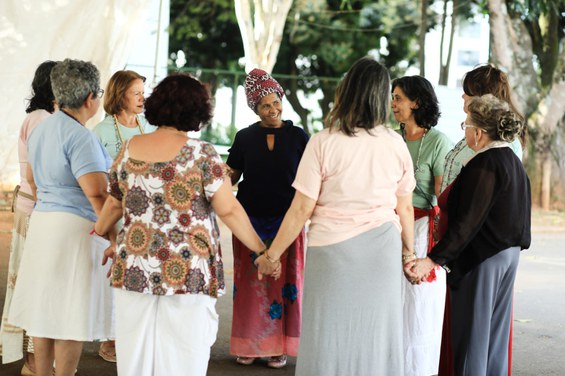 BENZENDEIROS
BENZENDEIROS
The rezadeiras, prayers or healers, mainly women and occasionally men, perform blessings and prayers to cure physical and spiritual illnesses of those who ask them. They make use of ancestral knowledge combined with prayers from popular Catholicism. People seek after benzedeiras for the relief of diseases popularly referred to as “fallen spine”, “evil eye”, “turned belly”, “shingles”, “softness in the body”, headaches and illnesses of newborns, among others.
Foto: Mariana Raphael/ Secretaria de Saúde-DF
CABOCLOS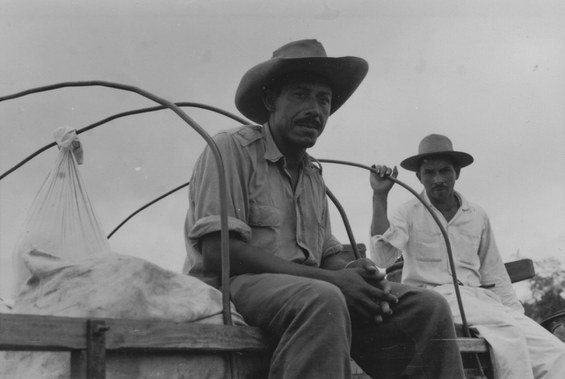
They are small family producers who traditionally live from sustainable forest exploration – the natural home that has provided their sustenance for centuries. These groups consume native fruits, fish and medicinal herbs, and their houses are made of wood and straw. They live in close consonance with the cycles of the bio system and are engaged in challenges faced by the Amazon. Their knowledge of fauna and flora makes them guardians of this eco system, the most important on the planet. In a world eager for material progress, they reaffirm the importance of living in harmony with nature.
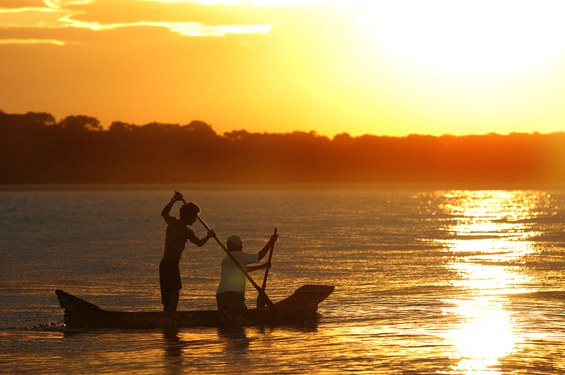
Foto: Biblioteca IBGE
CAIÇARAS
Caiçaras are traditional groups of farmers and fishers who settled on the coast, between the North of Paraná and the South of Rio de Janeiro (DIEGUES, 1988). They descend from Portuguese colonizers, who in contact with local indigenous peoples – and to a lesser extent with the black population – began the occupation of coastal areas of Southeastern Brazil. They are heirs of genetic and cultural miscegenation between indigenous people, Portuguese and Africans. Its culture consists of practices linked to artisanal sea fishing and land cultivation, mainly planting cassava.
Foto: Celso Margraf/MMA
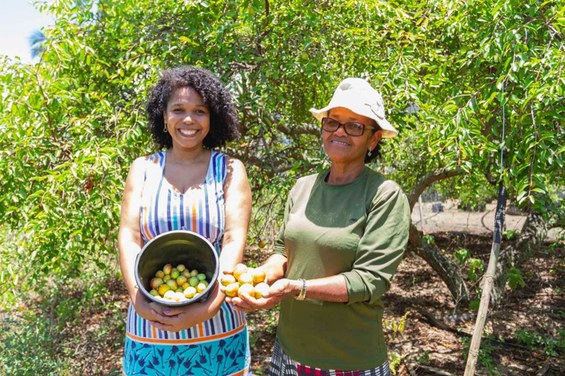
MANGABA COLLECTORS
In the inhospitable restinga and coastal plateau areas, especially in Sergipe, flourish traditional communities mostly consisted of women, dedicated to ancestral cultivating and collecting of mangaba, a sweet and perishable fruit. Therefore, Mangaba collector’s existence relies on the preservation of local biodiversity. The fruit, usually used to make juice and ice cream and other products, provides their sustenance. It is constitutive of their cultural identity, as well as their knowledge on preparing foods and medicines from it. They protect flora and fauna, maintaining conscious and balanced practices.
Foto: Acervo MMA
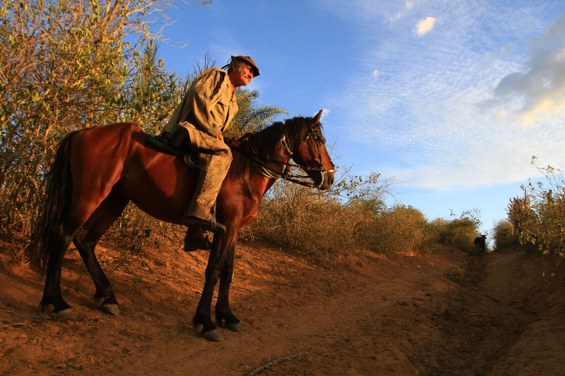
CATINGUEIROS
The people of the Caatinga, known as catingueiros, are country people, cattle breeders, farmers, indigenous populations and quilombolas, among others. With its broad landscapes, Brazilian semi-arid region became attractive to the settlement of human populations that make life possible despite the long droughts. Their knowledge, accumulated over generations, allow them to deal with adverse conditions. They optimize the use of water, the management of “hard-footed” goats (creole breed resulting from natural selection), as well as the wide use of the plants and native seeds of species adapted to local peculiarities. The Caatinga is the birthplace of traditional communities such as the Tumbalala indigenous people, the Xukurus, the Pankararu and the quilombolas of Conceição das Crioulas, who develop survival strategies and preserve knowledge about the medicinal use of plants. They also practice the ancient technique to detect the presence of groundwater using pitchforks, called hydroesthesia, which requires human sensitivity to the radiation emitted by different materials underground. These societies also keep the tradition of interpreting signs of nature that precede severe droughts and strong rains.
Foto: Acervo MMA
CIPOZEIROS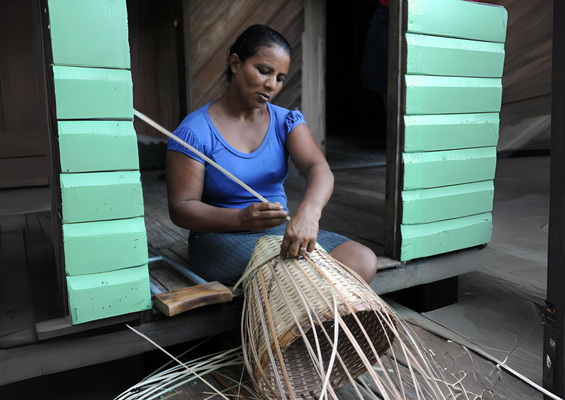
In the deep corners of the Brazilian forests, there are traditional vine communities, dedicated to the extraction of different species of vines and their use to produce handicrafts. Although rarely mentioned in contemporary narratives, they are strategic for preserving biodiversity and sustainable use of natural resources. They practice subsistence agriculture and fishing to maintain their families and strengthen the local economy. However, they face problems with predatory agricultural expansion and the lack of recognition of their territorial rights.
Foto: Paulo de Araújo/MMA
FUNDO E FECHO DE PASTO
In the deep corners of the Brazilian forests, there are traditional vine communities, dedicated to the extraction of different species of vines and their use to produce handicrafts. Although rarely mentioned in contemporary narratives, they are strategic for preserving biodiversity and sustainable use of natural resources. They practice subsistence agriculture and fishing to maintain their families and strengthen the local economy. However, they face problems with predatory agricultural expansion and the lack of recognition of their territorial rights. comunidades como medida de justiça social.
QUILOMBOLAS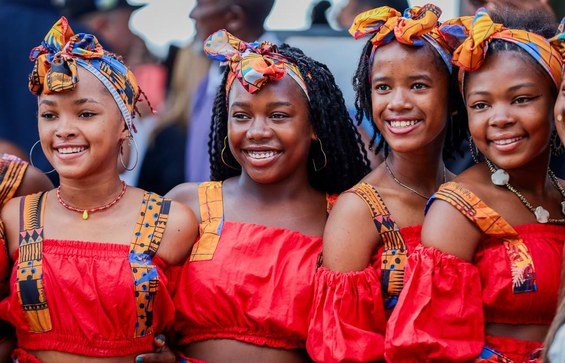
Quilombolas são povos tradicionais de grande importância para a história e a cultura brasileiras. A história dos quilombos, remanescentes de comunidades de escravizados fugitivos, se estende do século XVI à abolição da escravatura, em 1888. Distribuem-se pelo território brasileiro, e preservam ricas influências culturais mescladas das ancestralidades negra, indígena e branca. Sua organização social, seus costumes e manifestações artísticas, assim como suas práticas agrícolas, refletem uma longa trajetória de resistência. Possuem uma vigorosa identidade, fundada em lutas e conquistas seculares.
Foto: Roberta Aline/MDS
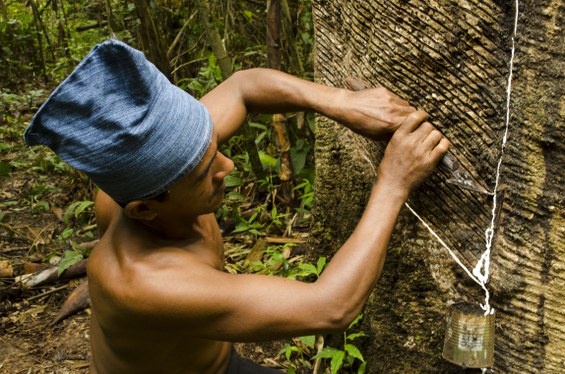 EXTRATIVISTAS
EXTRATIVISTAS
Known as the most ancient human activity, extraction in this case means the collecting of natural products of animal, vegetable or mineral origin, as economic and subsistence works. So is the life of these traditional communities of small farmers. They have different cultures and knowledge, and maintain their ways of life in tune with the ecosystem they inhabit. These groups develop simple low-impact technologies, appropriate to the soil and climate conditions and the sustainable management of local biodiversity.
Foto: Aurelice Vasconcelos/ICMBio
EXTRATIVISTAS COSTEIROS E MARINHOS
They are workers who inhabit the Marine and Coastal Extractive Reserves of the State of Pará. These ecosystems also exist in areas of transition between land and sea, in almost all Brazilian coast, on mangrove areas. Mangroves are essential for their high capacity to retain atmosphere carbon, even superior to that of forests. They concentrate vital resources for the traditional communities whose ancestral knowledge contributes to their preservation. Mangroves are breeding places for a large number of marine species, on which depend around one million Brazilians. Around them grow agricultural and tourist enterprises, pressing them, despite their strategic environmental knowledge, in face of climate change and agendas linked to the Amazon.
Foto: Enrico Marone/ICMBio
 FAXINALENSES
FAXINALENSES
In the rural landscapes of southern Brazil, in small rural communities, live the Faxinalenses, or Faxinais, mainly descendants of European colonizers. They preserve their traditions and sustainable management of nature, through agriculture and livestock farming. They organize themselves in a form of self-government with cooperation, taking decisions in assemblies, promoting solidarity and environmental sustainability. Faxinalenses cultivate the legacy of parties, dances, music and production of crafts, guided by ethnic influences and a vibrant identity. They watch over the Atlantic Forest, rivers and springs, which provide their livelihood, but face the threatening of advancing agribusiness. Although scarce, the presence of public policies has increased to recognize these peoples, for the construction of a social and ecologically balanced society and a sustainable future.
Foto: Instituto Federal do Paraná
GERAISZEIROS
Geraizeiros occupy vast fields of Biome Cerrado, in the North of the State of Minas Gerais, on the banks of the São Francisco River. These groups wisely adapted themselves to the biome characteristics and its productive potential, with knowledge and respect for nature's cycles. Sometimes they share the same property for planting crops and raising animals. They guarantee their subsistence and sell surpluses in neighboring communities or at fairs. However, they lack land property titles, which requires resistance against the attacks from agribusiness investors, eager to occupy these areas. Even though, tireless geraizeros resist defending their territories and their own existence.
Foto: Elisa Cotta/UnB
ILHÉUS
In islands around the coasts, there lives a people whose existence follows the rhythm of tides and the mysteries of the ocean. The Islanders descend from ancient navigators and fishers, inhabit small-scattered islands, and are traditional masters on the secrets and cycles of the sea. Their knowledge pass from generation to generation. Communities, sometimes isolated, have a unique identity, are self-governed by assemblies and keep solidarity as a strong value. Fishing is their main activity, with vast knowledge of sea streams, tides and winds, which made them excellent navigators. They protect the marine environment and maintain the sustainable use of natural resources. Threatened by ocean pollution, predatory fishing and climate change, they receive, at the same time, support from projects that valuate their knowledge, guarantee their survival, and their role as guardians of the biodiversity of the seas that connect the continents.
MORROQUIANOS
On the hill slopes of the metropolises, there lives a people whose history mixes challenges of urban life with rich traditions. The Morroquianos, inhabitants of communities and favelas, have a narrative of struggle, overcoming, adaptation and resilience. Their origins come from migratory flows that shaped cities for centuries. Descendants of rural workers, immigrants and refugees, their identity reflects ethnic and cultural diversity. Their communities are often target of prejudice and stigma; they lack public services such as education, health and security, what means the absence of social justice and equal rights. Even though, they base their actions in solidarity and, despite adversity, demonstrate creativity. They developed social and economic organization mainly through associations and express their traditional culture usually through music, dance and theater. These and other demonstrations mobilize their communities and reaffirm their identity. Recognition of the importance of Morroquian adds to the identity and development of cities through social policies, as much as the appreciation of their culture and empowerment. These acts of social justice create opportunities to include their contributions for the construction of more democratic cities.
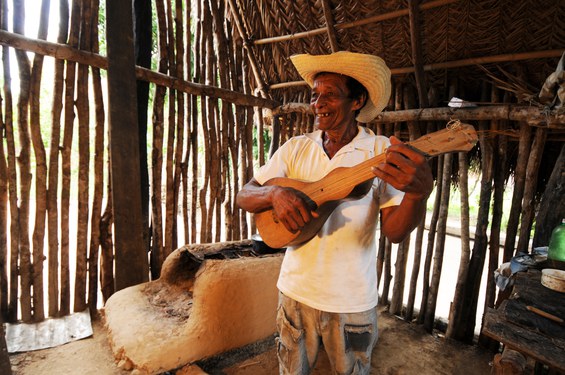 PANTANEIROS
PANTANEIROS
In the vastness of the Pantanal, one of the most exuberant biomes in the world, there lives a people whose history carries the presence of the water and the secrets of the earth. The Pantaneiros, inhabitants of flooded areas and the Pantanal moors, come from communities that settled on rivers banks and waterways crossing the Pantanal. Descendants of indigenous people, riverside dwellers and colonizers, their culture is a mix of ethnic and cultural influences. Extensive livestock farming and fishing are the main economic activities. The knowledge of Pantaneiros includes specificities of flora and fauna, in traditional and sustainable practices. They maintain spiritual connections with the land and waters, preserving them to future generations. Families help each other in agricultural and livestock routine, and important decisions take place in assemblies. Their biggest challenges are the expansion of agribusiness and environmental degradation. In contrast, recognition of their importance as guardians of the Pantanal has grown, creating opportunities for sustainable regional development. Valuing them is an act of justice and a gesture towards a more balanced and sustainable future.
Foto: Zig Koch/MMA
ARTISANAL FISHERPEOPLE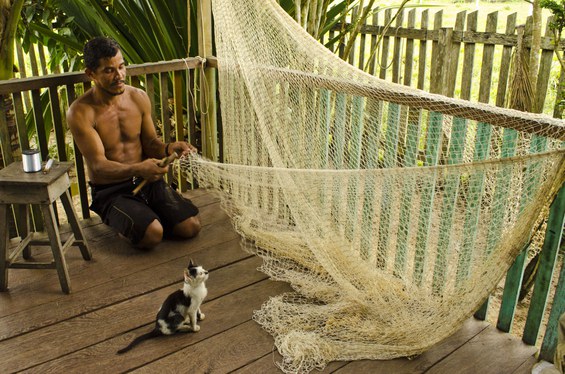
They live on the borders of waterways and seas. Their routine follows the movement of tides, the secrets of the oceans and rivers, and the annual seasons. Artisanal fisherpeople, heirs of an ancient tradition, are guardians of marine waters and ancestral fishing techniques. They originate from coastline communities. For centuries, they have mastered rudimental arts of fishing. In familiarity with sea and rivers, they transmit their knowledge from generation to generation and adapt themselves to environment changes and modern life’s demands. Artisanal fishing provides jobs and income for a significant portion of the local population. Cultivating sustainability, they take enough from the waters to sustain themselves, without depleting resources. Their biggest challenges are the competition of overfishing, pollution, and climate changes that affect biodiversity. They gathered recognition of their traditions, through projects to strengthen their communities and the ecosystems on which they depend.
.Foto: Aurelice Vasconcelos/ICMBio
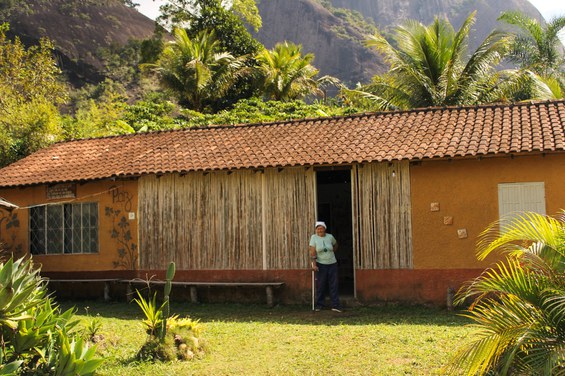 POMERANIAN PEOPLE
POMERANIAN PEOPLE
In the green landscapes of southern Brazil, there lives a people build up by determination and traditions brought from overseas. The Pomeranians, descendants of 19th century Germanic settlers from Pomerania (northeast Germany), preserve a strong cultural heritage. They show a vibrant identity that reflects on their language, music, folk dances, traditional costumes and gastronomy. Their communities cultivate solidarity and hard work, in which agriculture is the main activity, with emphasis on corn, beans and cassava crops. They cooperate between them in field tasks and festivities. However, they still face the challenges of the contemporary world, including economic pressures, social changes and difficulties in cultural assimilation. Recognition of the importance of Pomeranians has grown, opening possibilities for a more inclusive and plural future.
Foto: Acervo MMA
POVOS CIGANOS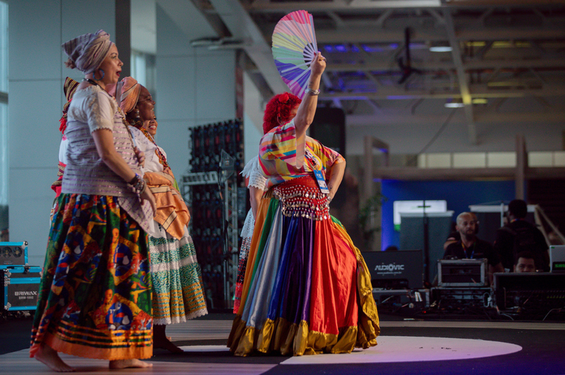
Os povos ciganos, também conhecidos como romani ou roma, têm uma história rica e diversificada que permeia séculos. Originários do norte da Índia, migraram para vários países espalhando sua cultura, tradições e a língua romani. São conhecidos por sua habilidade artística, música e dança vibrantes, que refletem sua forte identidade cultural. No entanto, também enfrentaram discriminação e marginalização ao longo da história, muitas vezes estigmatizados negativamente, o que acarretou dificuldades socioeconômicas e falta de acesso a oportunidades educacionais e emprego. Ainda assim, mantêm forte conexão com sua ancestralidade. Valorizam profundamente a família, a comunidade e a liberdade, e muitos conservam práticas culturais únicas, mesmo sob pressões de assimilação cultural. A valorização dos povos ciganos se traduz em práticas de compreensão e respeito, para a formação de uma sociedade mais inclusiva e justa.
Foto: Gilberto Soares/MinC
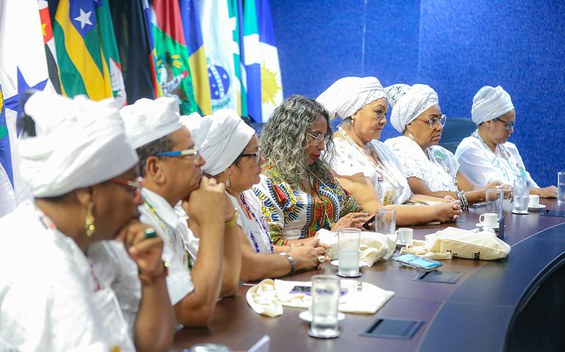 TERRITORY COMMUNITIES/PEOPLE AND COMMUNITIES OF AFRICAN ORIGIN
TERRITORY COMMUNITIES/PEOPLE AND COMMUNITIES OF AFRICAN ORIGIN
These spaces gather peoples with a common set of characteristics. It includes preserving African traditions, respect for ancestors, values of generosity and solidarity, a broad concept of family and close relationship with the environment. They preserve a distinguished culture and their own social organization, within Afro-Brazilian cultural heritage. Some characteristics identify the three larger groups in Brazilian territory: the Bantu, the Fon and the Yoritbá. Their practices include Candomblé, Batuque and Umbanda, among others. They set up specific linguistic groups and occupy different geographic spaces, besides cultural, social, ritualistic, aesthetic, and gastronomic uses defining self-macro patterns. These communities often suffer discrimination from practitioners of traditional and conventional religions.
Foto: André Oliveira/MDS
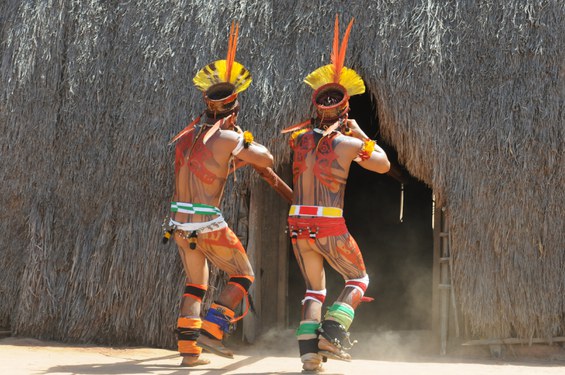
INDIGENOUS PEOPLE
Indigenous peoples are those who, having historical continuity from pre-Columbian groups, consider themselves distinct from the national society. They are present throughout Brazilian territory, both in urban and rural areas. The northern region has the largest indigenous population in the country (44.48%). Indigenous recognize themselves as belonging to specific groups, while being recognized by them as members. The identification of a person as indigenous is self-declaratory, following the same principles of ILO Convention No. 169 (for indigenous and tribal peoples), which establish: “Self-identification as indigenous or tribal should be considered a fundamental criterion for defining the groups.” The number of indigenous people in Brazil, according to the latest Census from the Brazilian Institute of Geography and Statistics - IBGE (2022) – is approximately 1.7 million. Of this total, 622.1 thousand (36.73%) live on indigenous lands officially recognized by the federal government, and 1.1 million (63.27%) outside them. They belong to 305 ethnical groups and speak 274 identified proper languages.
Foto: Paulo de Araújo/MMA

BABAÇU COCONUT BREAKERS
In these communities there are mostly women, mainly in the State of Maranhão. There are around 300 thousand rural workers who live from the extraction of babaçu, a plant commonly found in Maranhão, Piauí, Tocantins and Pará. Currently, they belong to the group of traditional communities for their specific way of life and strong connection to the territory where they live. There, they preserve their knowledge on managing and using babaçu coconut, transmitting it from generation to generation. Present in the North, Northeast and Central-West regions, this palm tree is typical of transition zones between humid forests in the Amazon basin, Cerrado and caatinga. The community’s routine consists of waking up at dawn and going to the nearest patches of the palm to work and guarantee family sustenance. The plant produces coconut among several other products. Babaçu oil comes from the nut. It is used to produce soaps, cosmetics, special fats, while pulp flour goes in recipes. Its uses include babaçu charcoal, as well as wood handcrafted pieces to produce earrings, necklaces, bracelets, baskets, decorative objects and ornaments. The link with the territory and the uses of raw materials are essential for the people of these communities. Land is a collective value for them.
Foto: Acervo MMA
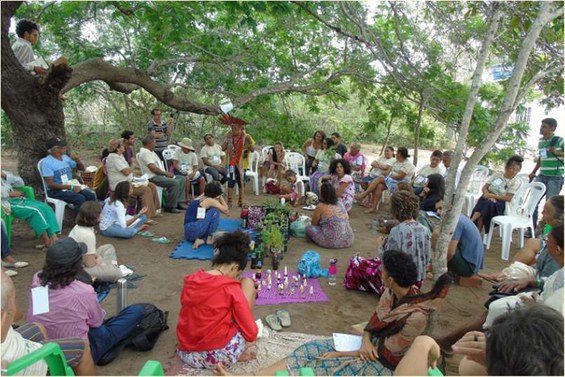 RAIZEIROS
RAIZEIROS
They are widely known in popular culture for their knowledge on collecting and selling roots, and indicating the use of medicinal plants. Raizeiros are on the streets, street markets and markets in the Northeast Region, as so in large Brazilian cities. A survey carried out in the municipality of São Miguel, in Rio Grande do Norte, on the trade of medicinal plants and products published by the professor of the UFERSA, Maria de Fátima Barbosa Coelho, identified street root traders as belonging to a wide age range (34-81 years). They would get a monthly income below minimum wage. Although the products were poorly packaged, local population expressed trust in the root growers and sellers. Popularly, buyers consider their products helpful for curing diseases.
Foto: Acervo ICMBio
RETIREIROS DO ARAGUAIA
Since arriving on the banks of the Araguaia River, driven by agricultural expansion of the 1940s, the retireiros have enjoyed one of the best areas of natural pasture in the country. They profit from the advance and retreat of waters. Every year, at the end of the rain season, the river returns to its bed, and the previously flooded areas become an extensive green and humid field, enriched by nutrients left by the waters. Almost 80 years ago, “retreats” settled on these paths. Their name refers to the places where each breeder sets up his house, field and corral to feed the cattle during the drought. They remain until the return of the rainy season, around October. That is their main income source. Nevertheless, they have to worry about the advance of large soy and rice farms.
Foto: Acervo MMA
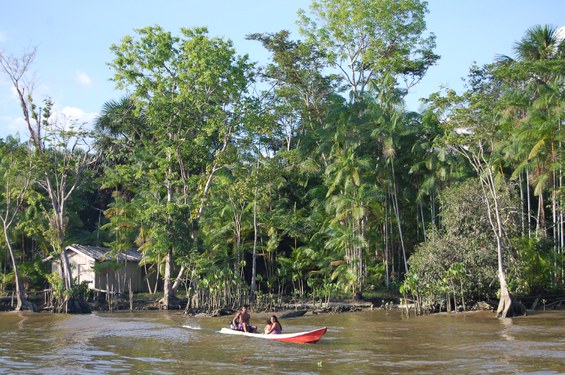 RIVERSIDE PEOPLE
RIVERSIDE PEOPLE
The expression “Riverside People” refers to traditional communities that inhabit the banks of rivers, lakes and streams, in different locations of Brazilian territory. Their origin has to do with nature around them, and their way of life depends on the proximity and connection to the waters. Rivers are their means of transportation, source of food and drinking water. Their boats are extensions of their homes, allowing them to travel along stretches of the rivers. Using in-depth knowledge of local resources, they are true guardians of nature, on which relies their existence. Fishing, practicing small-scale agriculture and collecting forest products are essential activities for these communities.
Foto: Evie Negro/SFB
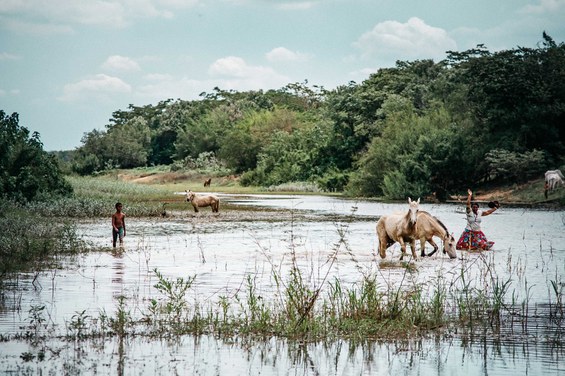
VAZANTEIROS
Like other traditional peoples and communities, the vazanteiros have their own way of life. Their main activity consists in the practicing agriculture, observing the cycles of expansion and return of rivers to their beds. In Cerrado areas, they live mainly on the banks of the São Francisco River and its tributaries.
Foto: Amanda Lelis
 VEREDEIROS
VEREDEIROS
Veredeiros are traditional communities that have a deep connection with the veredas environment, a subsystem of the Cerrado Biome. They dedicated themselves to the extraction of plant species such as the buriti palm and others. Their economic activities include rotational planting in humid fields and extensive cattle breeding. In rainy stations, they let cattle move freely along the plateaus. During droughts, they take advantage of the wet fields for planting. The extraction of the Buriti palm tree is especially notable among them. Its products are useful to produce handicrafts, furniture and the construction of houses.
Foto: Geovanio Sabino/SFB

